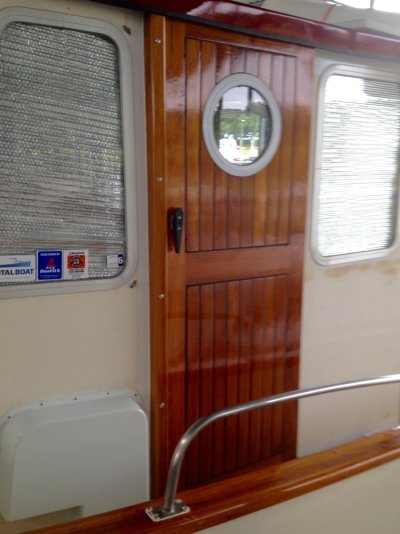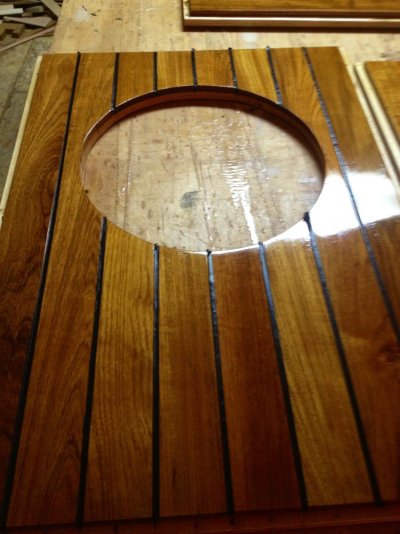psneeld
Guru
Hands down Cetol will out performs Epifanes or any other oil based vanish when it comes to durability and ease of repair. In the California delta with high dry heat Epifanes or for that matter any conventional varnish is good for maybe 6 months in direct sunlight. In my opinion it's better to deal with the color of Cetol than the look of failing varnish. Cetol can be touched up with a light sanding and blending in of Cetol. Two part epoxies to my knowledge have no UV protection so they need to be coated with varnish containing uv protection. I thought this was the hot set up, two part epoxy coated with 8 coats of Epifanes until it to failed on a sail boat I had varnished a couple of years ago. In this case the epoxy did not fail and we were able to sand and recoat the teak. At this point I'n not sure if the epoxy really helped at all. Cetol is is easy to use and reliable, may not have the beauty of varnish, but it's close enough, especially if your working on other peoples boats all the time and really want to just enjoy your own.









